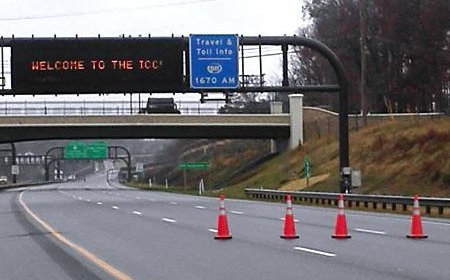
Work Zone Fatal Crash at I-95 and the ICC
The Maryland Department of Transportation’s State Highway Administration (SHA) is expressing condolences to the family of contractor Randy Jury of Halifax, Pennsylvania.
Jury, an employee of LS Lee Guardrail, was working on an overnight guardrail project at northbound I-95 and the ICC when a tractor trailer veered into the work zone, according to a news release. The tractor trailer crashed into another construction vehicle, which in turn struck Jury who was working on the other end of the construction truck.
“Our contractors are an extension of the SHA family and we offer our deepest condolences to the Jury family, friends and his co-workers,” said SHA Acting Administrator Douglas Simmons. “Dedicated employees, like Randy, put their lives on the line each day to make sure our roadways are safe. This tragedy is a grim reminder of the dangers inherent in roadway work zones and of the need to remind drivers to reduce speeds and pay attention.”
Nationally, more than 700 people die in work zones each year. Work zone crash fatalities have risen over the last two years with 10 Maryland work zone fatalities in 2013 and nine in 2014. Over the last five years, there have been nearly 8,200 work zone-related crashes in Maryland, which resulted in the injury of more than 3,690 people and 31 deaths. Major contributing factors in work-zone crashes include: drivers not paying attention, going too fast for conditions, failure to yield the right-of-way and following too closely.
The SHA has these tips:
• When you see orange signs, cones and barrels, or a work truck, expect a roadside work zone ahead.
• Stay alert! Look for reduced speed limits, narrow driving lanes and highway workers.
• Pay attention. Work zone signs will tell you exactly what to expect ahead.
• Slow down. You may encounter slowed or stopped traffic in an instant.
• Don’t follow too closely. Maintain a safe distance on all sides of your vehicle.
• Minimize distractions. Remember Maryland State law bans hand-held cell phones and texting.
• Plan ahead. Expect delays and allow extra travel time. Select an alternate route if you are running late.

Engage us on Facebook
Follow us on Twitter
Tweets by @mymcmedia